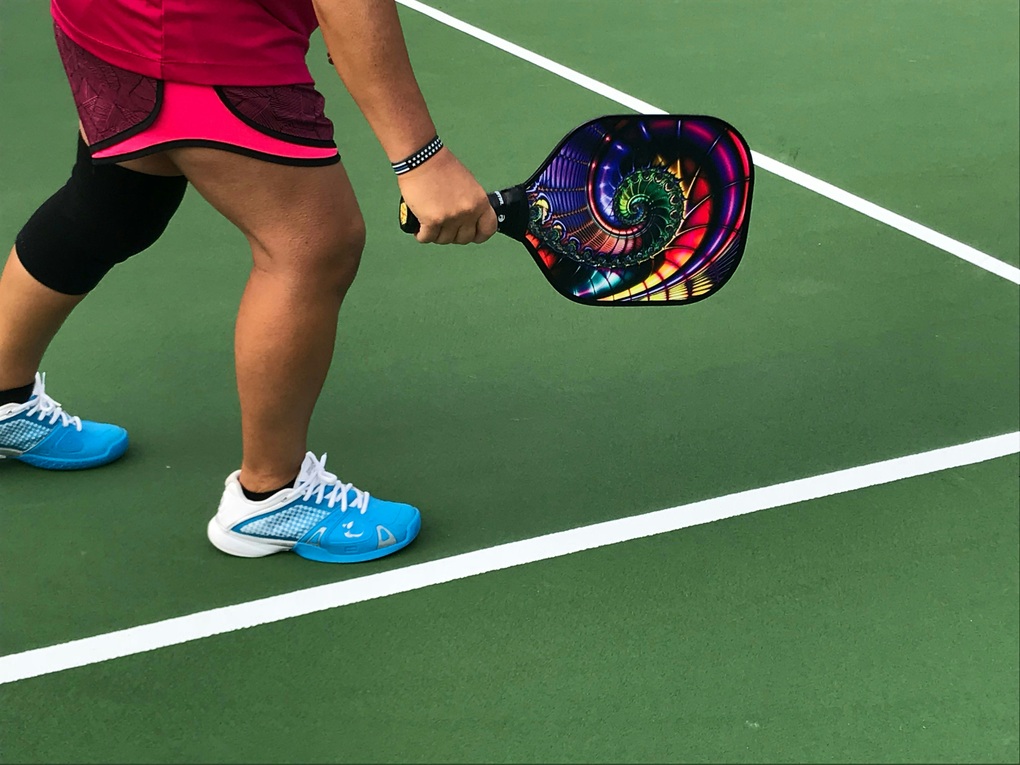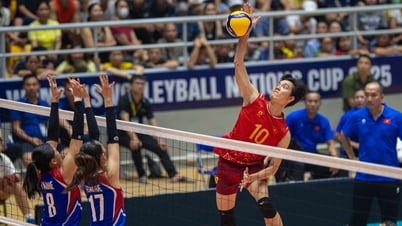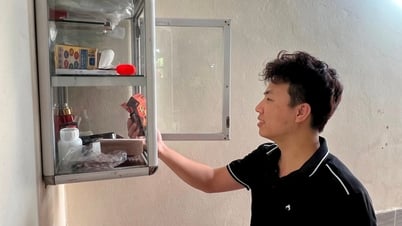Pickleball - a cross between tennis, badminton and table tennis - is becoming a sporting phenomenon in the US and many other countries. But along with its growing popularity, the number of injuries related to this sport is also increasing, especially among middle-aged and elderly people.
According to a review published in the journal Apunts Sports Medicine in January 2023, injuries are more likely to occur in pickleball players over the age of 40 and are even more likely to occur in adults 50 and older.

The wrist is the most vulnerable part of pickleball players to injury (Illustration: Unsplash).
4 most common injuries in pickleball
Fracture
A study published in the Journal of Emergency Medicine also found that fracture rates increased by more than 250% from 2017 to 2022, largely due to falls while playing.
According to a report from the US Consumer Product Safety Commission (CPSC), in 2022 alone, the country recorded more than 35,000 pickleball-related injuries in people over 65, with broken bones being the leading cause of hospitalization.
This is considered one of the most common injuries for players. According to a 2021 study, fractures occurred in 28% of older pickleball players, with the wrist being the most susceptible area.
Sprains and strains
Playing pickleball incorrectly can also frequently cause injuries such as ankle sprains, knee pain, and thigh and calf strains in young people.
According to Sports Physician Jordan Duncan, University of California, pickleball involves a lot of sudden cuts, short steps, and quick stops. Without physical preparation and specialized shoes, the risk of sprains is very high.
Tendonitis
Another very common condition among pickleball players is tendinitis, especially lateral elbow tendinitis. This is pain on the outside of the elbow caused by overexertion of the wrist when holding the racket and repeatedly hitting the ball.
In addition, Achilles tendonitis (back of the ankle) is also a common form of inflammation in players who play regularly but skip stretching.
Achilles tendon tear
Although less common, an Achilles rupture is one of the most serious injuries that can occur while playing pickleball. This injury often occurs when a player runs or jumps suddenly without warming up properly.
Sports medicine experts advise that if you hear a 'pop' behind your heel and feel like you've been kicked hard in the leg, it could be a torn tendon. This condition requires surgery and months of recovery.
What should you keep in mind to avoid injury when playing pickleball?
Warm up before playing
One of the most important steps in preventing injury is to warm up properly. Players should spend at least 5-10 minutes before entering the field doing dynamic exercises such as joint rotations, knee raises, cross-legged steps or light jumping jacks.
These movements help muscles and tendons get used to movement, increase blood circulation and reduce the risk of muscle strain and sprains while playing.

Warming up properly and wearing the right gear can help prevent injuries when playing pickleball. (Photo: Unsplash).
Increase fitness off the field
Playing pickleball requires lower body strength, joint flexibility and balance, so experts recommend that players, especially middle-aged ones, take additional training outside the court.
Exercises like squats, lunges, planks, heel raises, and core exercises can increase stability and reduce stress on commonly injured muscle groups like the Achilles tendon, knees, and elbows.
Choose the right shoes and racket
Playing with improper equipment is a common cause of sprains and muscle pain. Players should choose shoes designed for pickleball or tennis, with soles designed to support lateral movement and absorb shock. Racquets should also be lightweight and have a comfortable grip to avoid straining the wrists and elbows.
In addition, experts also emphasize the importance of protective eyewear, especially in indoor arenas, where reflexes and flying balls can cause eye damage.
Manage play time and recovery appropriately
Many people play too long or too often without giving their bodies enough time to recover. This is a major cause of chronic tendonitis. Doctors recommend that beginners start with short sessions (30-45 minutes), every other day, and gradually increase the intensity according to their individual health.
After each game, everyone should do stretching exercises for the calves, hamstrings, wrists, drink water, and apply ice to the painful tendons to reduce inflammation and recover faster.
Listen to your body and stop at the right time.
People should also not ignore warning signs such as persistent elbow pain, stiff heels in the morning, sharp pain when changing direction... These can be early signs of tendonitis or deeper damage.
Instead of trying to continue playing, players should rest, monitor and see a musculoskeletal specialist or sports medicine specialist if symptoms persist.
Source: https://dantri.com.vn/suc-khoe/nhung-chan-thuong-de-gap-khi-choi-pickleball-20250613112136502.htm


























































































Comment (0)